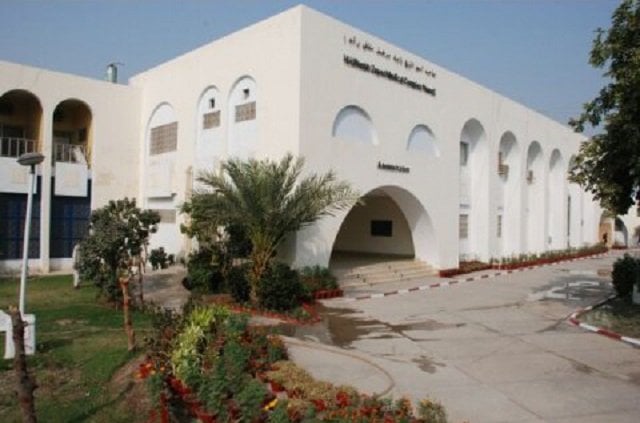
According to government officials, burn units are fully functional at the Jinnah hospital in Lahore, Nishtar Hospital in Multan, Allied Hospital in Faisalabad and Holy Family Hospital in Rawalpindi.
Call for early treatment of burn injuries
The Ahmed Pur Sharqia incident, which claimed 225 lives, is the worst example as no burn units could be established in Bahawalpur and other underprivileged districts of Punjab. Many people are dying due to the lack of burn units in government-run hospitals. The gravity of situation can be gauged by anyone visiting burn wards of public hospitals.
“When the Ahmed Pur Sharqia incident happened, our board of governors immediately decided to establish a model burn unit which could handle all types of emergency situations,” commented Shaikh Zayed Hospital Chairman Dr Farid Ahmed Khan.
He says that Shaikh Zayed Hospital established the state-of-the-art facility at a cost of Rs50 million and it was now fully functional.
He added that burn units should have a sterilised and isolated environment with separate bathrooms to prevent cross infections, “Our burn ward comprises of a 16-bed intensive care unit and 30-bed ward, including four private rooms,” he adds.
“A modern water-bath system for burn injuries is fully functional and being overseen by highly qualified plastic surgeons and academics,” he continued.
“The paediatric ward also provided state-of-the-art facilities to children,” he commented.
Plastic Surgeon Dr Farhan Gauhar used to work at Services Hospital and recently started practising on his own. He said the first burn unit of the province was established at Mayo Hospital and catered to a large number of patients.
“The facilities at Ganga Ram and Yakki Gate hospitals of the provincial capital are not in full working order,” he added.
He said there was a shortage of beds, limited resources and inadequate staff to care for the extraordinary number of patients. “Not only Mayo Hospital, but the burns unit at Jinnah also requires immediate expansion to tackle the growing number of burn cases as serious incidents are often referred to these facilities from all over the province,” he contunued.
Court scorches health dept for burn unit delay
Dr Gauhar stressed that to avoid the transfer of microorganisms by carriers such as staff, patients and airborne particles, priority should be given to reducing movement, controlling waste material and allocating zones for each category of patient. “Unfortunately, protocols are not being followed at the available units of state-run facilities,” he complains.
Since burns treatment is costly and high-risk, a 50-bed fully functional unit is needed at every district headquarter (DHQ) hospital to reduce mortality rate in severe burn cases, he believed.
“The establishment of a burn unit at Shaikh Zayed Hospital is a good decision though,” he concluded.
Published in The Express Tribune, February 12th, 2018.








1726732405-0/Express-Tribune-Web-(15)1726732405-0-270x192.webp)








COMMENTS
Comments are moderated and generally will be posted if they are on-topic and not abusive.
For more information, please see our Comments FAQ